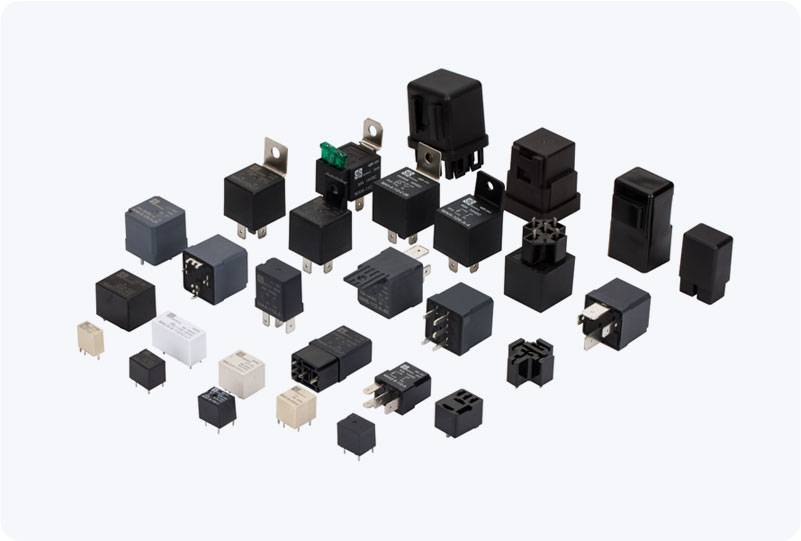understanding high current relays: applications, benefits, and key features
Release time:2025-08-26 17:45:37
High current relays are essential components in electrical and electronic systems, designed to control and manage high electrical currents efficiently and safely. These relays are used in a variety of industries, from automotive applications to industrial automation, where they play a crucial role in switching high-power electrical loads. This article delves into the functionality, applications, and key features of high current relays, highlighting their importance in modern electrical systems.

What is a High Current Relay?
A high current relay is a type of relay that is specifically designed to handle electrical currents far greater than what typical relays can manage. While standard relays are often limited to carrying relatively low electrical currents, high current relays can switch loads that require a large amount of power, typically ranging from 10 amps to several hundred amps or more, depending on the specific model and application. These relays are capable of switching both AC and DC loads, depending on the requirements of the system.
The primary function of a high current relay is to enable the control of large electrical devices with a relatively low control signal. In essence, a small electrical signal from a control circuit can activate the relay, which then switches the high current needed to power machinery, motors, or other high-load devices.

